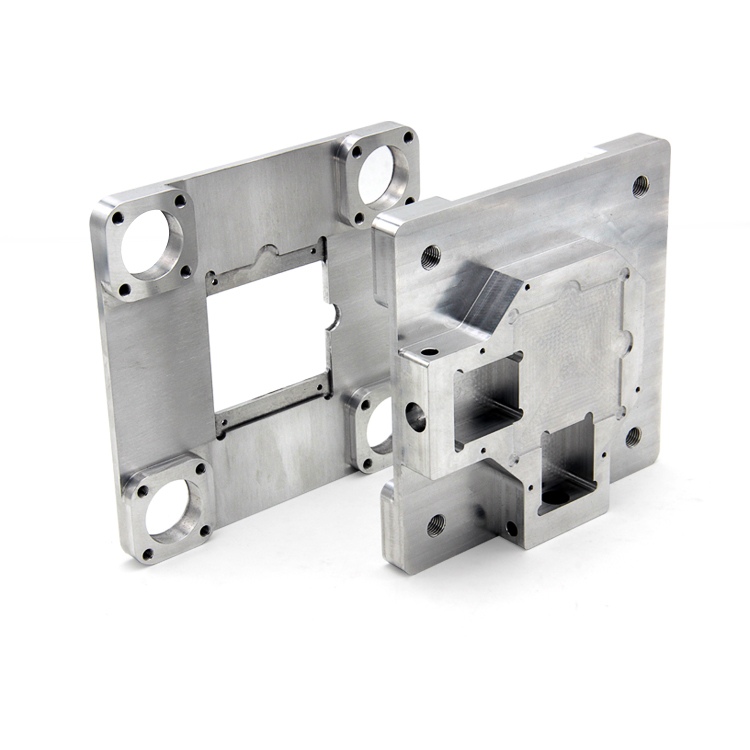What is Metal Milling Service?
Metal milling is a subtractive manufacturing process that uses rotary cutters to remove Material from a workpiece, creating complex shapes and features with high precision. Modern CNC (Computer Numerical Control) milling machines can achieve tolerances as tight as ±0.001 inches (0.0254 mm) and surface finishes down to Ra 8 µin (0.2 µm). These services utilize cutting tools ranging from 1/32 inch (0.8 mm) to 2 inches (50.8 mm) in diameter, operating at spindle speeds up to 30,000 RPM with feed rates reaching 1,000 inches per minute (25.4 m/min).

Key Characteristics of Professional Metal Milling Services
Precision Accuracy: Modern CNC mills maintain positional accuracy within 0.0002 inches (0.005 mm) and repeatability of 0.0001 inches (0.0025 mm).
Material Versatility: Capable of machining materials with hardness up to 65 HRC, including titanium (Ti-6Al-4V), stainless steel (304, 316), aluminum (6061, 7075), and superalloys (Inconel 718).
Multi-axis Capability: 5-axis milling machines can achieve complex geometries with angular tolerances within ±0.005°.
High Material Removal Rates: Roughing operations can remove material at rates up to 15 in³/min (246 cm³/min) in aluminum.
Surface Finish Quality: Finishing passes can achieve surface roughness values as low as Ra 4 µin (0.1 µm) with proper tooling and parameters.
Applications of Metal Milling Services
Metal milling services find applications across numerous Industries due to their versatility and precision:
Aerospace Components
Manufacturing turbine blades with airfoil profiles maintaining 0.0005 inch (0.0127 mm) tolerances, structural components from aluminum alloys (2024, 7075) with weight reductions up to 40% through optimized designs, and landing gear parts from high-strength steels (4340) with tensile strengths exceeding 200 ksi (1,379 MPa).
Automotive Parts
Production of engine blocks with cylinder bore diameters held within ±0.001 inch (0.025 mm), transmission housings with gear alignment features, and suspension components from forged steels requiring milling depths up to 12 inches (305 mm).
Medical Devices
Surgical instruments with features as small as 0.005 inches (0.127 mm), orthopedic implants from biocompatible titanium alloys (Ti-6Al-4V ELI) with porous surface structures, and dental components requiring 16 µin (0.4 µm) surface finishes for optimal performance.
Industrial Machinery
Large-scale gearboxes with tooth profiles cut to AGMA Q10 quality standards, hydraulic valve bodies with internal passages maintaining 0.0002 inch (0.005 mm) roundness, and mold bases for plastic injection with flatness within 0.0005 inch per foot (0.04 mm/m).
Electronics Enclosures
RF-shielded housings from aluminum alloys with wall thicknesses down to 0.040 inches (1.0 mm), heat sinks with fin densities up to 25 fins per inch (10 fins/cm), and waveguide components requiring surface finishes better than 32 µin (0.8 µm) for optimal signal transmission.
Maintenance Procedures for Metal Milling Equipment
Proper maintenance ensures milling machines maintain their precision and longevity:
Daily Maintenance
Check and maintain way lubrication at 15-20 psi (1.0-1.4 bar) pressure
Verify coolant concentration between 5-10% using a refractometer
Clean chip conveyors and remove accumulated debris
Inspect tool holders for runout exceeding 0.0002 inches (0.005 mm)
Weekly Maintenance
Check spindle taper condition using Prussian blue for ≥90% contact area
Verify axis backlash remains below 0.0005 inches (0.0127 mm)
Inspect way covers for proper operation and lubrication
Test emergency stop functionality
Monthly Maintenance
Change coolant filters and check pH levels (8.5-9.5 optimal range)
Lubricate ballscrews with specified grease (NLGI #2 typically)
Check spindle vibration levels (should be below 0.0002 inches (0.005 mm) peak-to-peak)
Verify axis positioning accuracy using laser calibration
Quarterly Maintenance
Replace way wipers and seals
Check hydraulic systems for leaks and proper pressure (500-1,000 psi / 34-69 bar typical)
Inspect Electrical connections for tightness and corrosion
Test spindle thermal growth compensation
Annual Maintenance
Replace spindle bearings after 8,000-10,000 hours of operation
Recertify machine accuracy to ISO 10791-1 standards
Flush and replace all lubrication systems
Inspect and recalibrate all linear scales and encoders





 English
English

